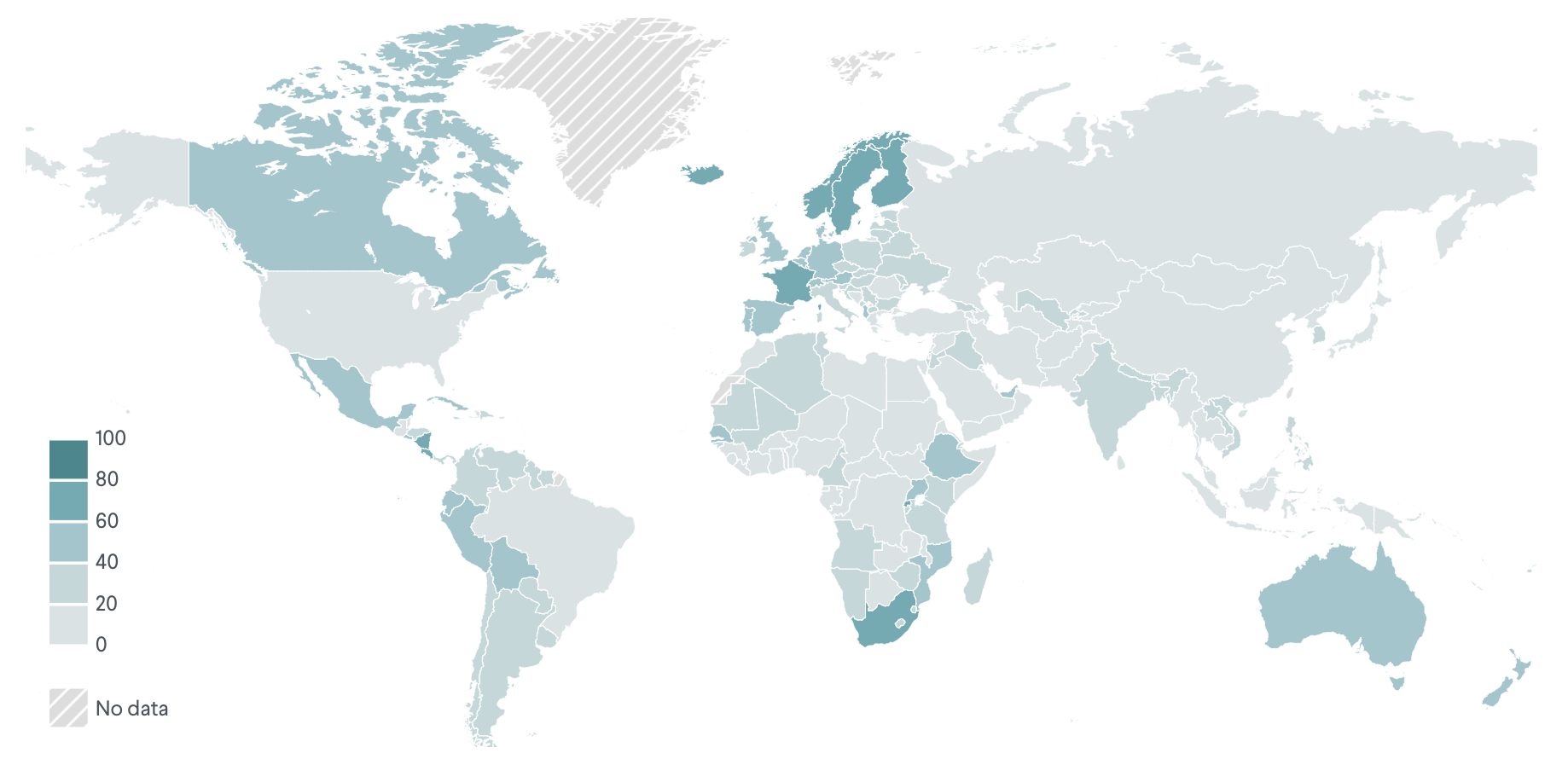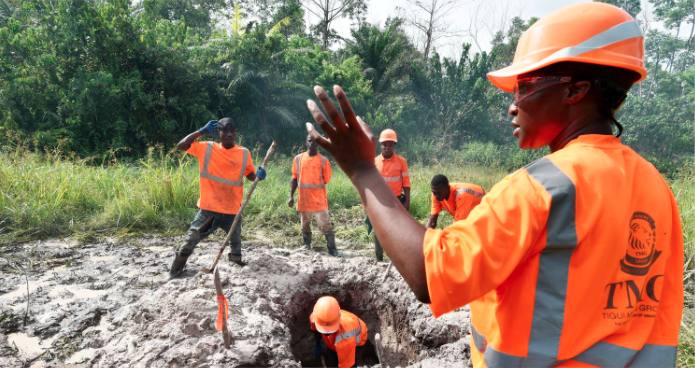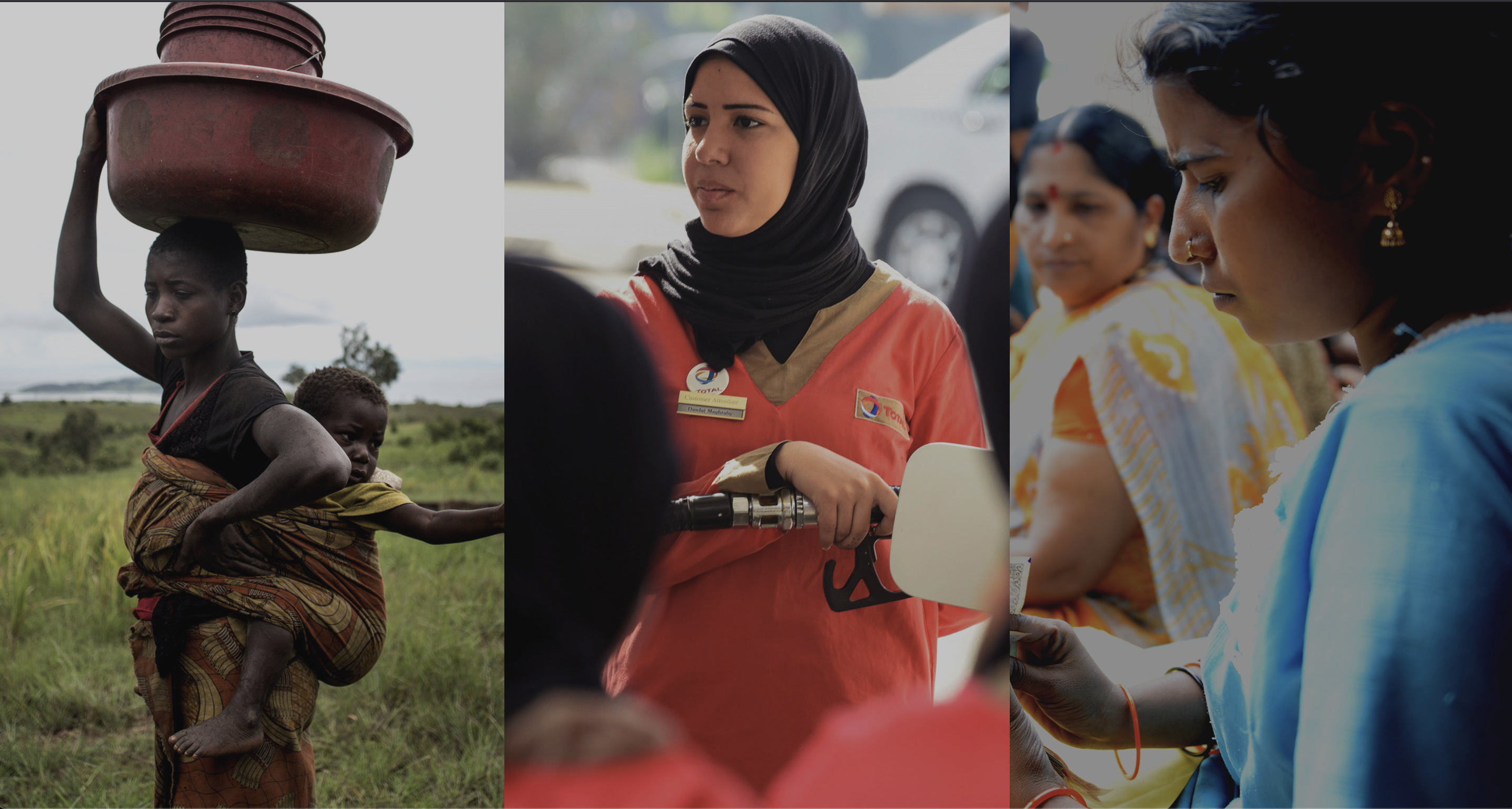Miriam Coronel-Ferrer led the Philippine government’s negotiating team and was the first—and remains the only—female chief negotiator in history to sign a major peace accord. Women’s formal participation was high relative to other peace processes since 1990—women served as 22 percent of negotiators and represented 27 percent of the signatories to the agreement.
Women’s groups ran grassroots campaigns to gather input for the formal peace process and relay updates to the public, which helped to ease community mistrust of the process.
For forty years, armed conflict simmered between the government of the Philippines and various Moro rebel factions that sought to establish an independent Muslim-majority Mindanao Island, resulting in an estimated 100,000 deaths and 3.5 million people displaced. Partial peace agreements forged in the 1970s and 1980s, including a 1989 law that gave predominantly Muslim areas some degree of self-rule, failed to hold. The Philippine government and the country’s largest Muslim rebel group, the Moro Islamic Liberation Front (MILF), finally signed a peace deal, the Comprehensive Agreement on the Bangsamoro, in March 2014 to bring an end to decades of fighting on the southern island and grant the region greater political autonomy.
Miriam Coronel-Ferrer, who led the Philippine government’s team in peace negotiations with the MILF, was the first—and remains the only—female chief negotiator in history to sign a major peace accord. Women additionally served as 22 percent of negotiators—two of the four government negotiators but none of the five MILF delegates. Women represented 27 percent of the total signatories to the final agreement, served as advisors on both the government and MILF teams, and led the office of the presidential advisor on the peace process, which oversaw the peace processes. Women’s civil society groups additionally provided recommendations to the track-one process, drawing on information gathered and consensus opinions built in their parallel nongovernmental talks.
- Women
- Men
women
women
women
Women made a difference in the Philippines peace efforts in four ways.
Acted as honest brokers. Women at the negotiating table helped to build trust between the government and MILF representatives, which was critical to the success of the process. A subsequent evaluation found that Moro women were better able than men to preserve interethnic alliances as tensions in the Filipino-Mindanao conflict escalated. This ability fostered channels of open communication and provided parties to the talks with information about threats of violence that could undermine the peace process.
Broadened the agenda. Civil society groups, including women’s groups, closely monitored the substance of formal negotiations and ensured that negotiators advocated for the priorities of groups previously excluded from the process, including such issues as access to basic services, women’s political and economic participation, and their protection from violence.
Built public support. Women’s groups ran grassroots campaigns to gather input for the formal peace process and relay updates to the public, leading extensive national consultations with a cross section of religious and indigenous people, youth, and other groups. The consultations helped to ease community fears regarding specific provisions and provided a final report that was credited for informing resolutions to potential sticking points in the negotiation.
Staged mass action. When three weeks of violence threatened to derail the process after the 2012 Framework Agreement, local women leaders led peaceful protests to encourage both sides to return to the talks.
“You can’t really have a perfect agreement, but you make an agreement more imperfect if you don’t have the women’s perspectives in that agreement, or if you don’t have their interests and welfare also at the back of your mind as you negotiate all the different components: the political, the social, the economic, and the cultural.”
— Miriam Coronel-Ferrer, government chief negotiator
Implementation of the 2014 deal has stalled: Congress failed in 2016 to pass legislation that would create an autonomous region for Muslims in Mindanao, and sporadic bursts of violence threaten to further derail efforts to improve stability. After talks temporarily broke down when both sides suspended cease-fires in February 2017, the Bangsamoro Transition Commission—which includes 27 percent women (four of the fifteen members)—was relaunched to revise the draft legislation that would translate the provisions of the peace agreement into law. The Philippines’ high rates of inequality, poverty, and land tenancy issues contribute to continued grievances.
The 2014 agreement includes strong provisions that, if implemented, would contribute to a more equitable and prosperous future for the country. As a result of the efforts of civil society groups and the support of negotiating parties, gender provisions are explicit in every substantive issue area, including provisions for 5 percent of official development funds to be set aside for women’s programs, guarantees for women’s political participation at local and regional levels, and economic programs for decommissioned female armed rebels. If implemented, these provisions will also benefit the broader society, given the evidence that advances in women’s participation across economic, political, and social lives are positively correlated with a country’s prosperity and growth.






